15 Animals That Are Both Creepy and Cool
The animal kingdom is full of creatures that spark both fascination and fear. They may be misunderstood and even downright creepy, but each one plays a crucial role in the wild. Here are 15 animals that walk the fine line between eerie and amazing.
Spectral Bat
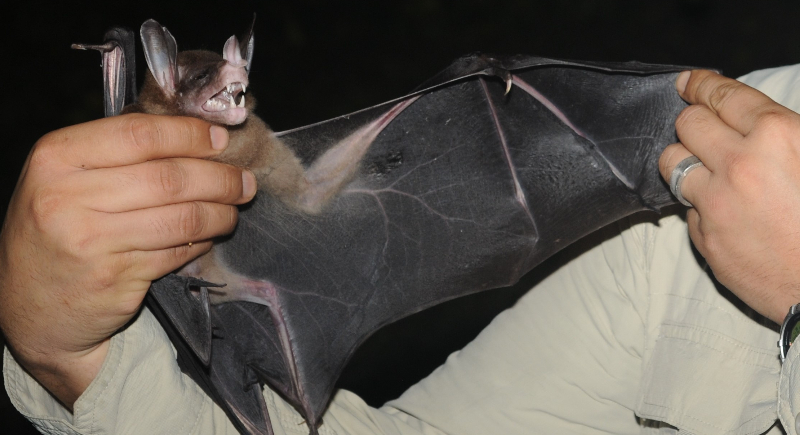
Credit: Wikimedia Commons
In the forests of the Americas, this large bat drifts between tree canopies. Its three-foot wingspan gives it an outsize presence, but it relies more on stealth than aggression. Hunters rarely spot it, yet it keeps local rodent and reptile numbers in check with surprising efficiency.
Vampire Squid
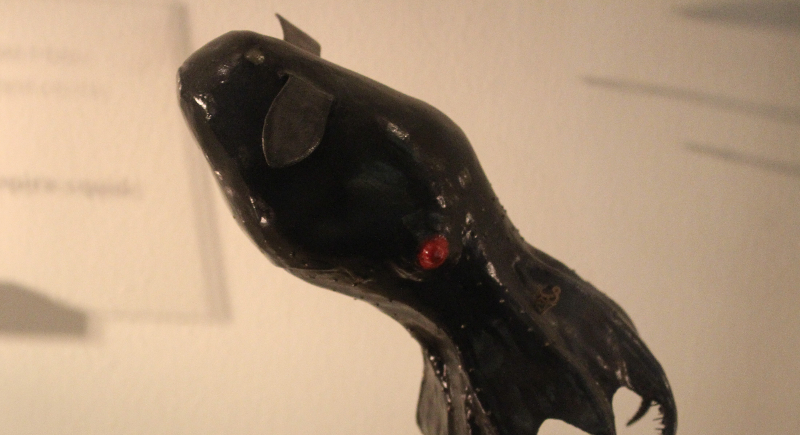
Credit: Wikimedia Commons
This squid survives in oxygen-poor waters that few animals can tolerate. Its glowing tips and dark webbed arms give it a ghostlike quality, but it spends its time collecting drifting marine debris rather than hunting.
Tarantula Hawk Wasp
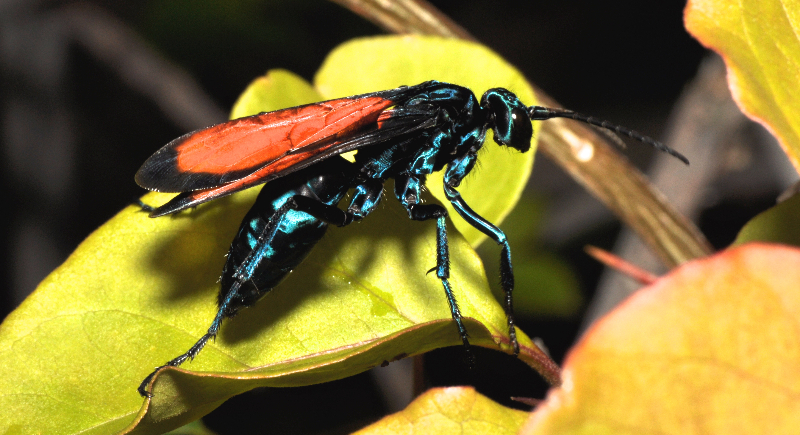
Credit: Wikimedia Commons
When this wasp appears, its fiery wings usually get noticed first. It patrols warm regions searching for tarantulas, which it overpowers using sheer strength. Its sting has become infamous among researchers, though the insect isn’t aggressive toward people. Instead, it occupies a unique spot as one of the few predators capable of subduing large spiders.
Giant Garter Snake
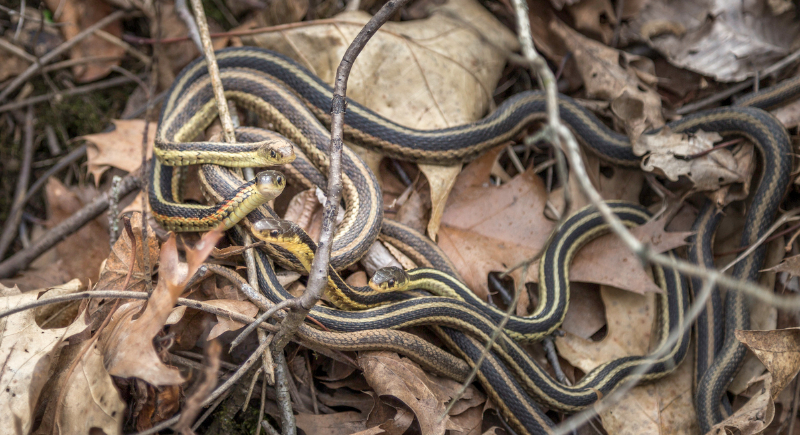
Credit: iStockphoto
The wetland habitats of California are home to this colorful snake, which spends much of its life slipping between reeds and floating vegetation. It prefers fish and frogs to confrontation. Conservationists monitor it closely because its survival depends heavily on the presence of healthy freshwater marshes.
Hoatzin
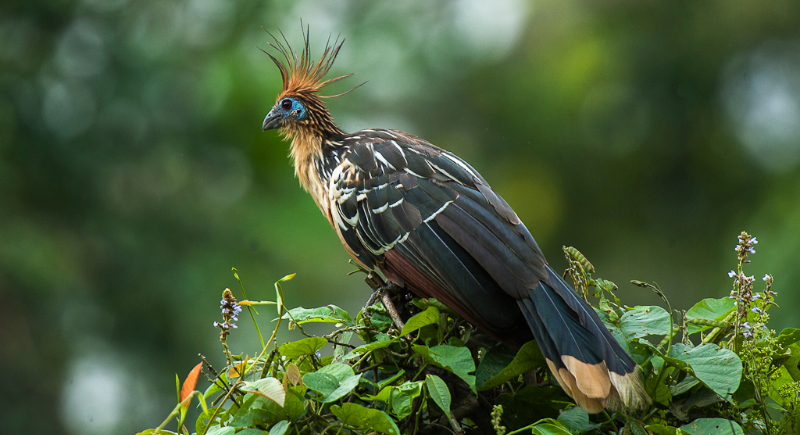
Credit: Wikimedia Commons
The hoatzin feeds on leaves and digests them with a fermentation process that gives adults a strong odor. Young birds, meanwhile, sport tiny claws on their wings that help them climb branches. This unusual combination of traits enables the species to fill a niche that no other Amazon bird occupies.
Fossa

Credit: pexels
Madagascar’s forests hide a predator that looks like the lovechild of a feline and a mongoose. The fossa’s long body and flexible ankles let it race across branches in pursuit of lemurs, which make up most of its diet. Since it avoids human activity, people rarely see it.
Velvet Worm
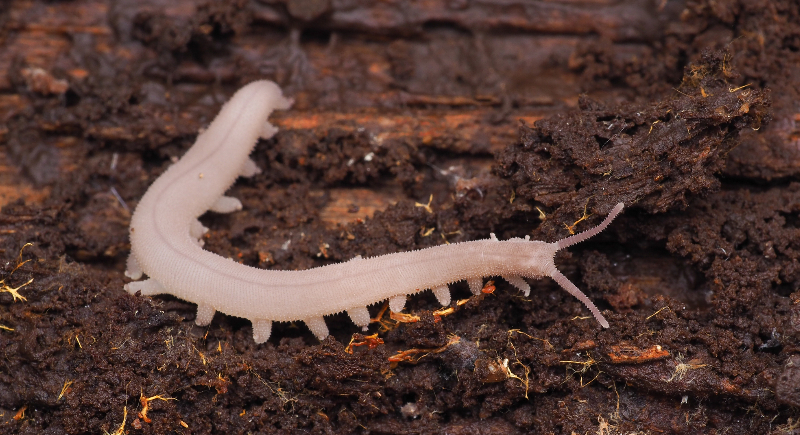
Credit: Wikimedia Commons
At first glance, the velvet worm seems soft and slow, but its hunting tactic sets it apart. The creature ejects a pair of sticky streams that harden instantly and traps insects before they can react. This unusual method, combined with its lineage dating back hundreds of millions of years, makes it one of nature’s lasting oddities.
Giant Desert Centipede
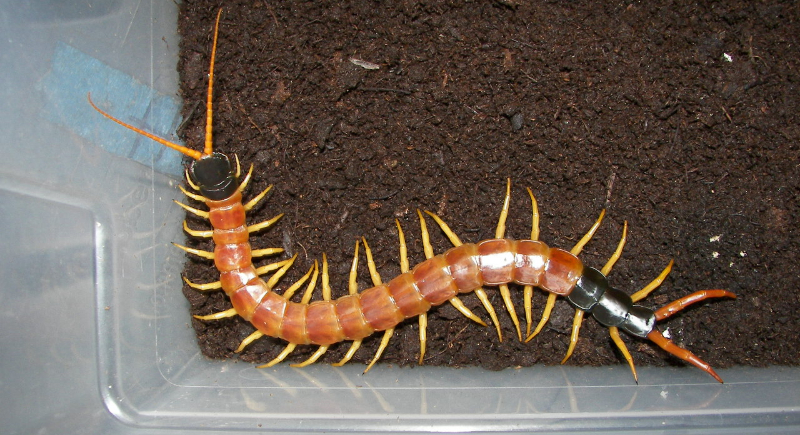
Credit: Wikimedia Commons
In the American Southwest, this centipede prowls at night, using sensitive antennae to locate prey. It doesn’t hesitate to tackle small vertebrates and relies on venom delivered by powerful fangs. Its size alone can startle hikers, but its real importance lies in how effectively it manages pest populations.
Pacific Salmon
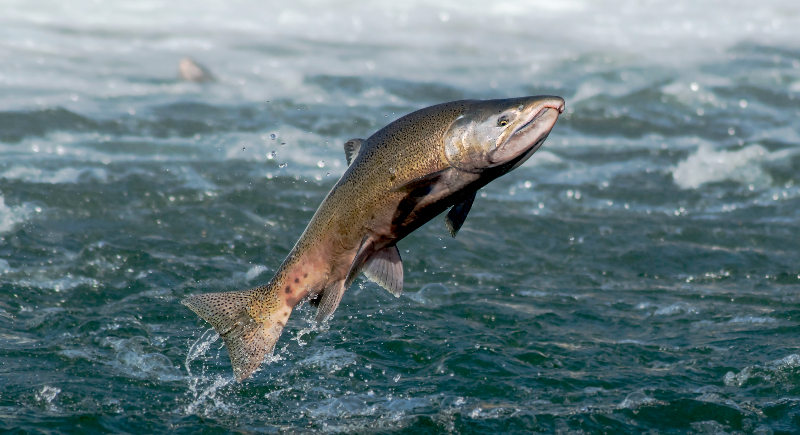
Credit: iStockphoto
There aren’t many species that influence an ecosystem so strongly at both birth and death. But during their final migration, salmon undergo physical changes as they journey upstream to spawn. The changes give them a ragged appearance that has earned them dramatic nicknames.
Vampire Bat
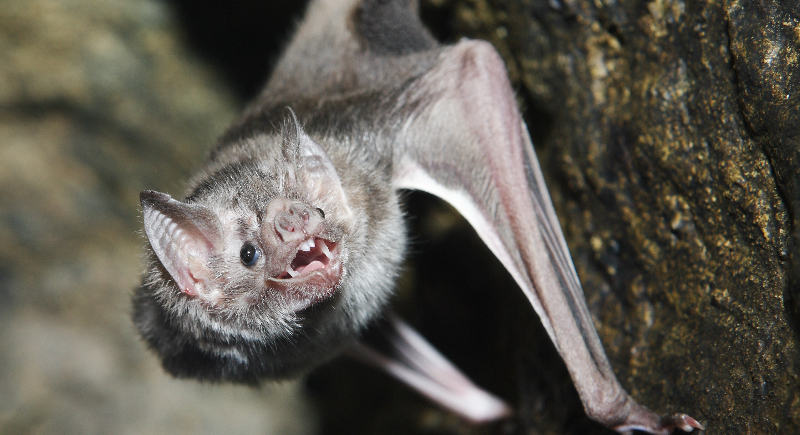
Credit: iStockphoto
These bats feed almost exclusively on blood, but the process is far less violent than stories suggest. A small cut, a brief sip, and they move on. What sets them apart is their social behavior: individuals often share food with colony members in need.
Cookiecutter Shark
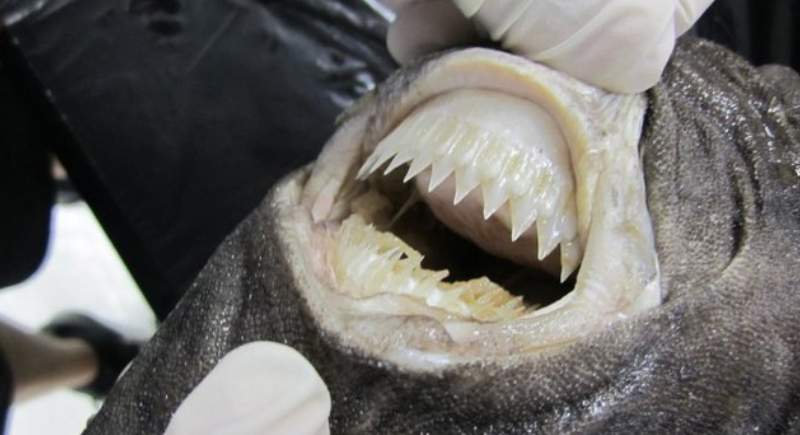
Credit: Wikimedia Commons
This small shark is known for the strange marks it leaves behind. Instead of tackling whole prey, it removes clean circles of flesh from larger animals, thus creating distinctive scars. It’s a low-risk, high-reward feeding strategy that allows a tiny shark to prey on creatures many times its size.
Mimic Octopus
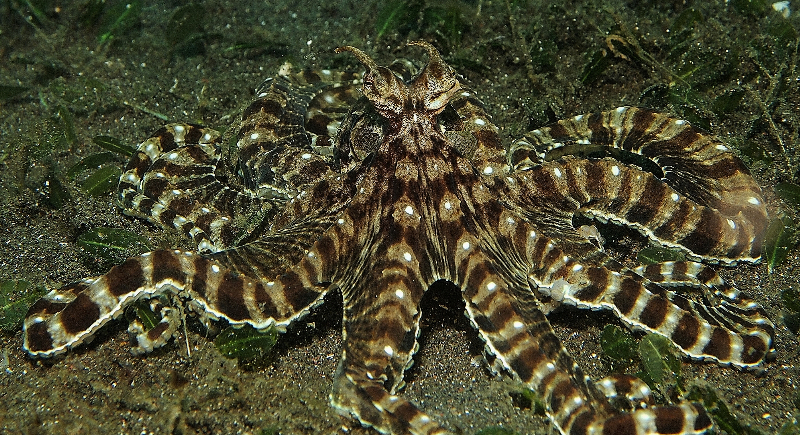
Credit: Wikimedia Commons
This octopus is a master of disguise. It changes colors and movements to blend in with its surroundings, confusing both predators and prey. This impressive skill enables it to thrive in the ocean’s vast and perilous ecosystem.
Shrike

Credit: pexels
While shrikes look harmless when perched on branches, their feeding habits reveal a sharp contrast. They secure prey on thorns or fences and return later when conditions are safer for eating. This behavior ensures food storage in unpredictable environments.
Raccoon Dog
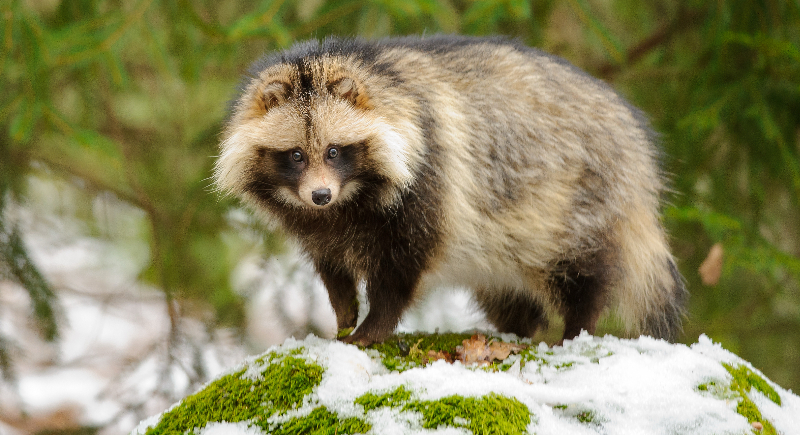
Credit: iStockphoto
Across East Asia, this canid thrives by eating nearly anything and living in a wide range of habitats. Its appearance often causes confusion because it resembles a raccoon, though the two aren’t closely related. Its adaptability helps it succeed in forests, farmland, and even city edges where other wild animals struggle.
Colossal Squid
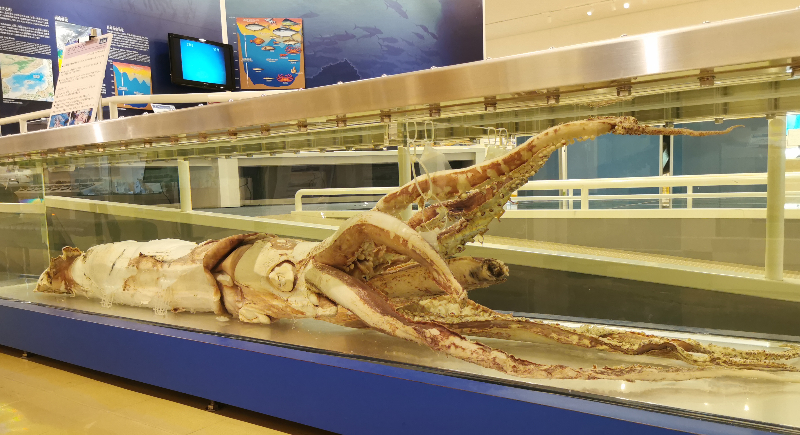
Credit: Wikimedia Commons
In the Southern Ocean, this rare squid carries eyes large enough to detect faint movement in near-total darkness. Rare specimens exhibit heavy hooks on their tentacles and a body that can reach lengths exceeding 30 feet. Despite its intimidating features, humans encounter it so infrequently that much of its life remains unknown.